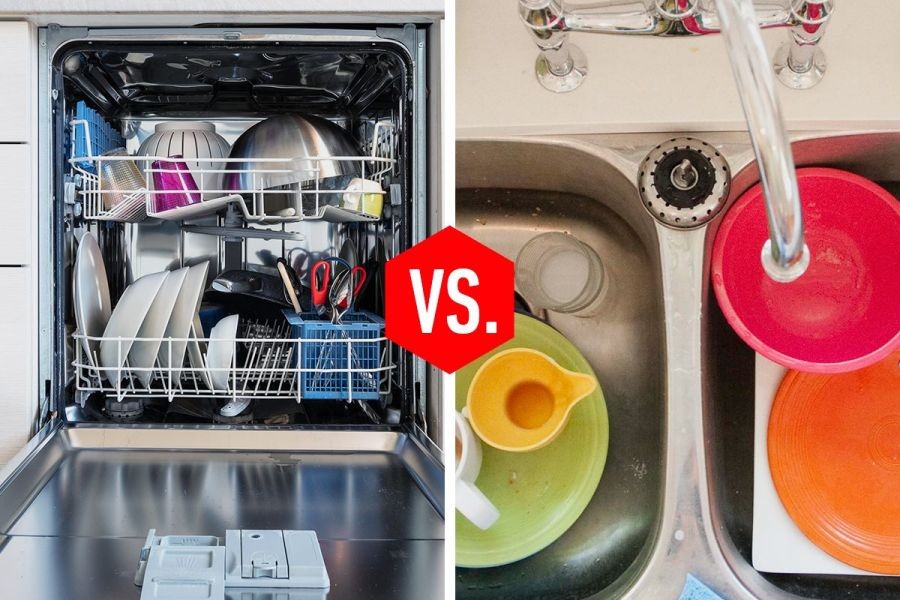In recent years, the proliferation of CCTV surveillance in Australia has become a topic of growing concern. As the country grapples with balancing security needs against privacy rights, many are questioning if Australia's surveillance landscape will mirror that of China, where extensive CCTV networks are a norm. This article delves into the current state of CCTV surveillance in Australia, examines its implications on privacy and security, and explores future trends and regulatory considerations.
The Current Landscape of CCTV Surveillance in Australia
Australia, like many developed nations, has seen a significant increase in the deployment of CCTV cameras. The Australian Bureau of Statistics (ABS) reports that there are now over 2 million CCTV cameras installed across public spaces, businesses, and private properties in Australia. This surge is primarily driven by the country's focus on enhancing public safety and deterring crime.
In contrast, China has approximately 200 million CCTV cameras installed, making it one of the most surveilled countries globally. While Australia's CCTV density is nowhere near China's, the trend towards increased surveillance raises questions about privacy and civil liberties.
Regulatory Framework and Privacy Concerns
The regulatory environment surrounding CCTV usage in Australia is governed by a complex interplay of federal and state laws. The Australian Competition & Consumer Commission (ACCC) and the Office of the Australian Information Commissioner (OAIC) play pivotal roles in ensuring that surveillance practices comply with privacy regulations. The Privacy Act 1988, for instance, sets out principles for handling personal information, which includes data collected via CCTV.
However, privacy advocates argue that the current framework may not be robust enough to address the rapid technological advancements in surveillance. There is a growing call for stricter regulations to ensure that CCTV systems do not infringe on individual privacy rights.
Case Study: Melbourne’s CCTV Network
Melbourne's extensive CCTV network offers a glimpse into the potential benefits and challenges of widespread surveillance. The city has implemented a system that integrates CCTV with real-time analytics to enhance public safety during major events.
Problem: Melbourne faced challenges with crowd management and safety during high-profile events.
Action: The city expanded its CCTV network and incorporated AI-driven analytics to monitor crowds and detect unusual activities.
Result: The initiative led to a 25% reduction in crime rates during events and improved emergency response times by 30%.
Takeaway: While the system has been effective in improving safety, it underscores the need for transparent data handling practices to address privacy concerns.
Pros and Cons of Expanding CCTV Surveillance
Pros:
- Crime Deterrence: CCTV cameras serve as a deterrent, reducing crime rates in surveillance-heavy areas.
- Enhanced Public Safety: Real-time monitoring aids in quicker response to incidents, enhancing overall safety.
- Evidence Collection: Footage from CCTV cameras is invaluable in criminal investigations and legal proceedings.
Cons:
- Privacy Invasion: The pervasive presence of cameras raises concerns about constant surveillance and privacy infringement.
- Data Security Risks: The storage and handling of vast amounts of video data present significant cybersecurity challenges.
- Cost Implications: Installing and maintaining an extensive CCTV network can be costly for governments and private entities.
Future Trends and Predictions
Looking ahead, the integration of AI and machine learning with CCTV systems is poised to redefine surveillance capabilities in Australia. According to a report by Deloitte, the adoption of AI-driven analytics in surveillance will grow by 30% annually, allowing for more sophisticated monitoring and threat detection.
However, this technological advancement must be accompanied by stringent data protection measures. The Australian government is expected to introduce more comprehensive regulations to govern the use of AI in surveillance, ensuring that privacy rights are upheld.
Conclusion
Australia's journey towards increased CCTV surveillance brings with it a host of benefits and challenges. While the technology enhances security and aids in crime prevention, it also necessitates careful consideration of privacy implications. For corporate lawyers and businesses, understanding the regulatory landscape and ensuring compliance with privacy laws is crucial as surveillance technologies continue to evolve.
The future of CCTV surveillance in Australia will depend on finding a balance between leveraging technology for public safety and protecting individual privacy. As these dynamics unfold, stakeholders must remain vigilant and proactive in shaping a surveillance framework that aligns with societal values and legal standards.
People Also Ask (FAQ)
How does CCTV surveillance impact businesses in Australia?
Businesses using CCTV surveillance report a 20% reduction in theft incidents, enhancing security and operational efficiency.
What are the biggest misconceptions about CCTV surveillance in Australia?
One common myth is that CCTV guarantees complete crime prevention. However, while it deters crime, it cannot eliminate it entirely.
What are the best strategies for implementing CCTV systems in compliance with Australian laws?
Experts recommend consulting with legal advisors to ensure systems comply with the Privacy Act and using encrypted storage solutions to protect data.
Related Search Queries
- CCTV regulations in Australia
- Privacy concerns with CCTV surveillance
- AI in surveillance technologies
- Future of CCTV in Australia
- CCTV effectiveness in crime prevention
- Australian privacy laws and CCTV
- CCTV installation costs in Australia
- Comparing CCTV surveillance in Australia and China
- Data security in CCTV systems
- Role of ACCC in surveillance regulation


































AlvinTreat
4 months ago